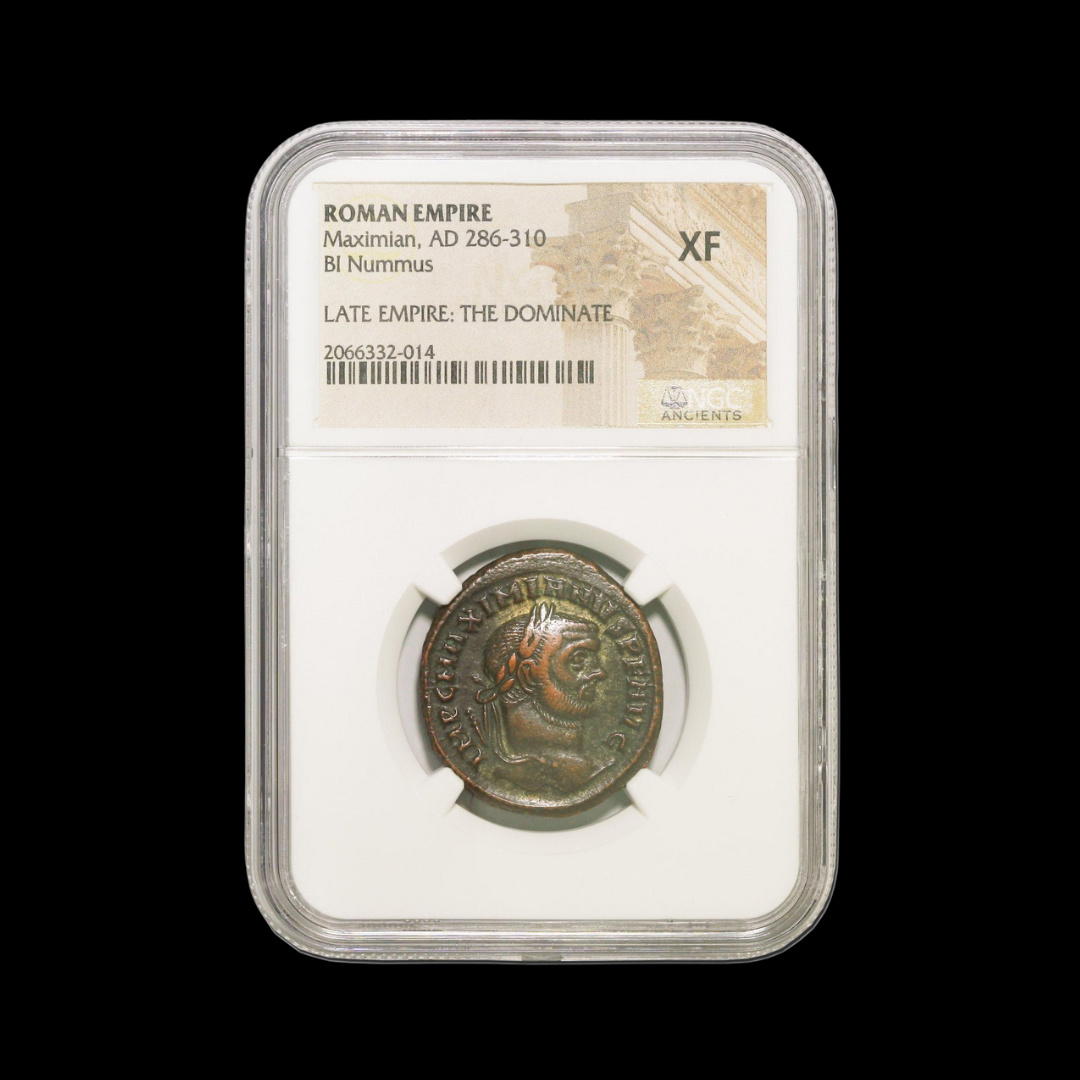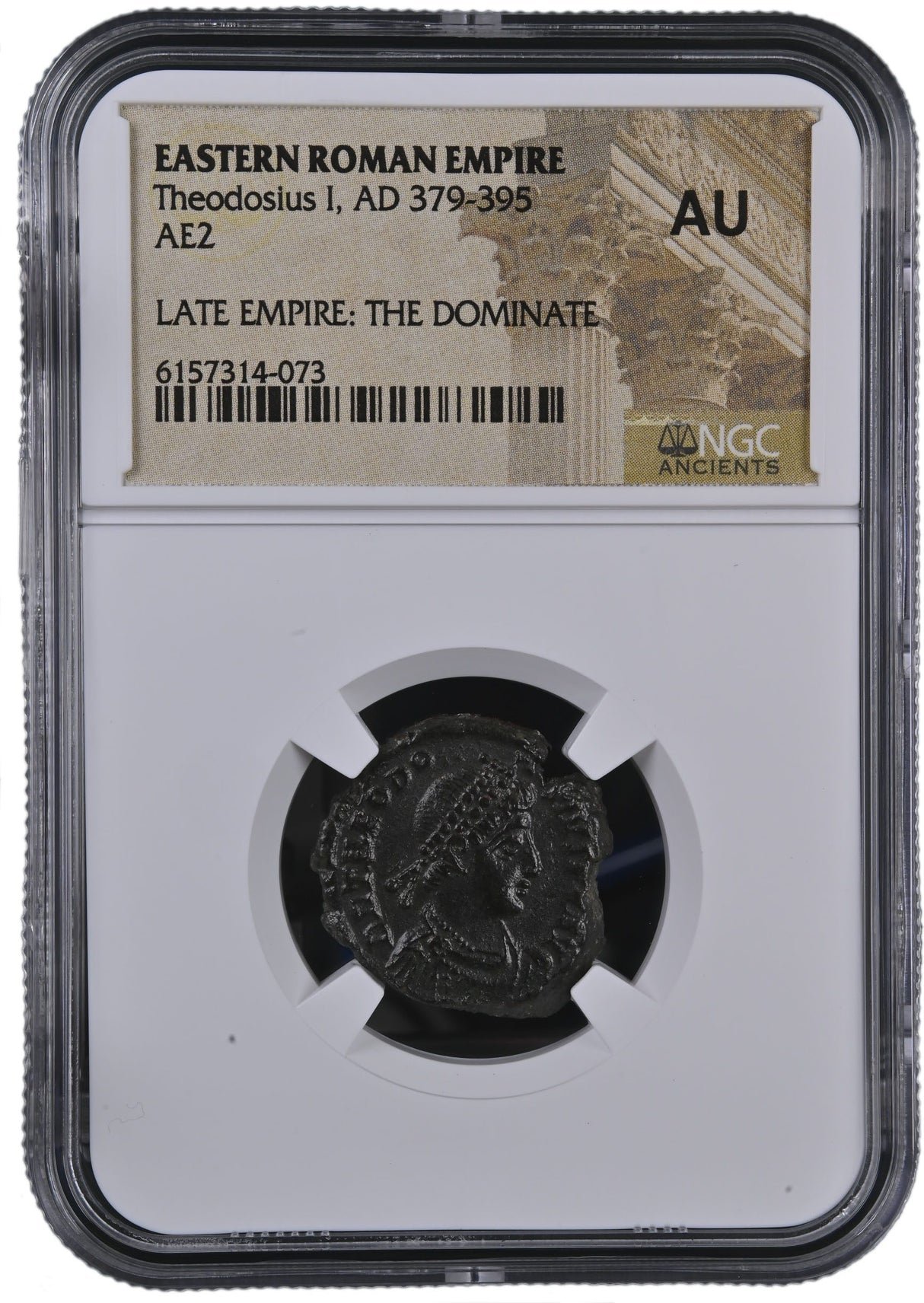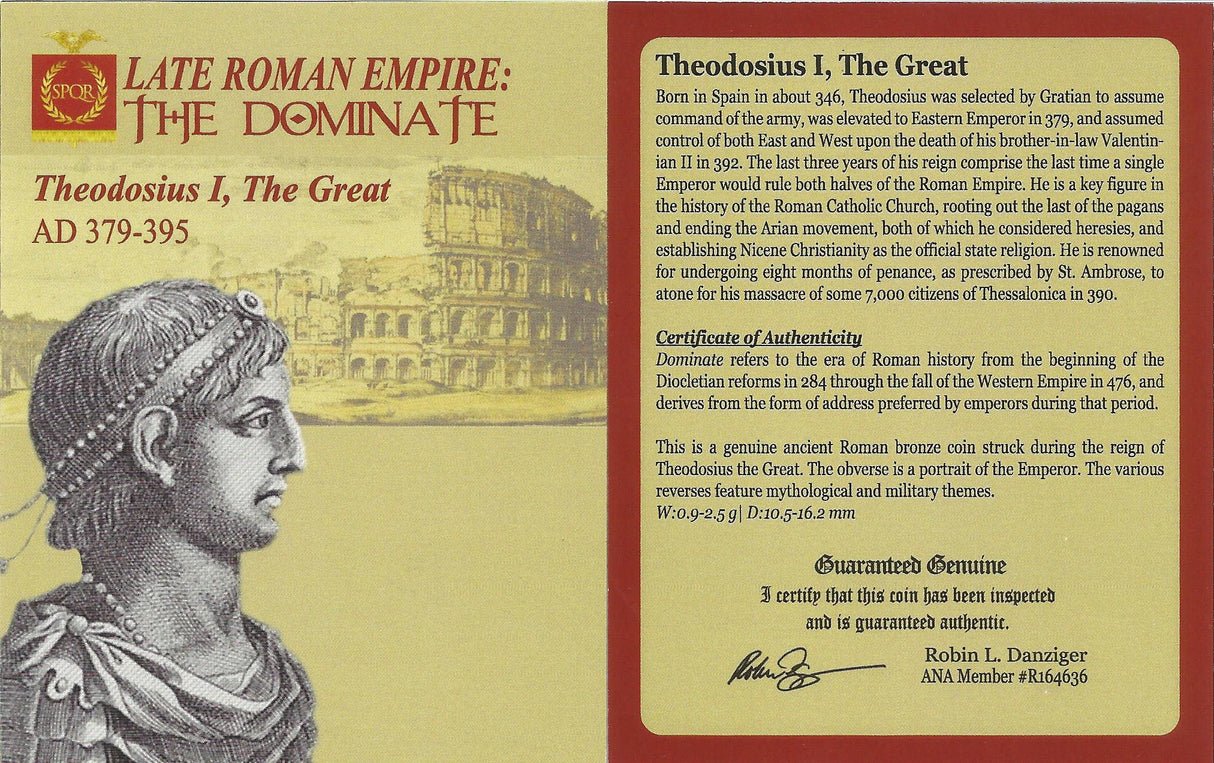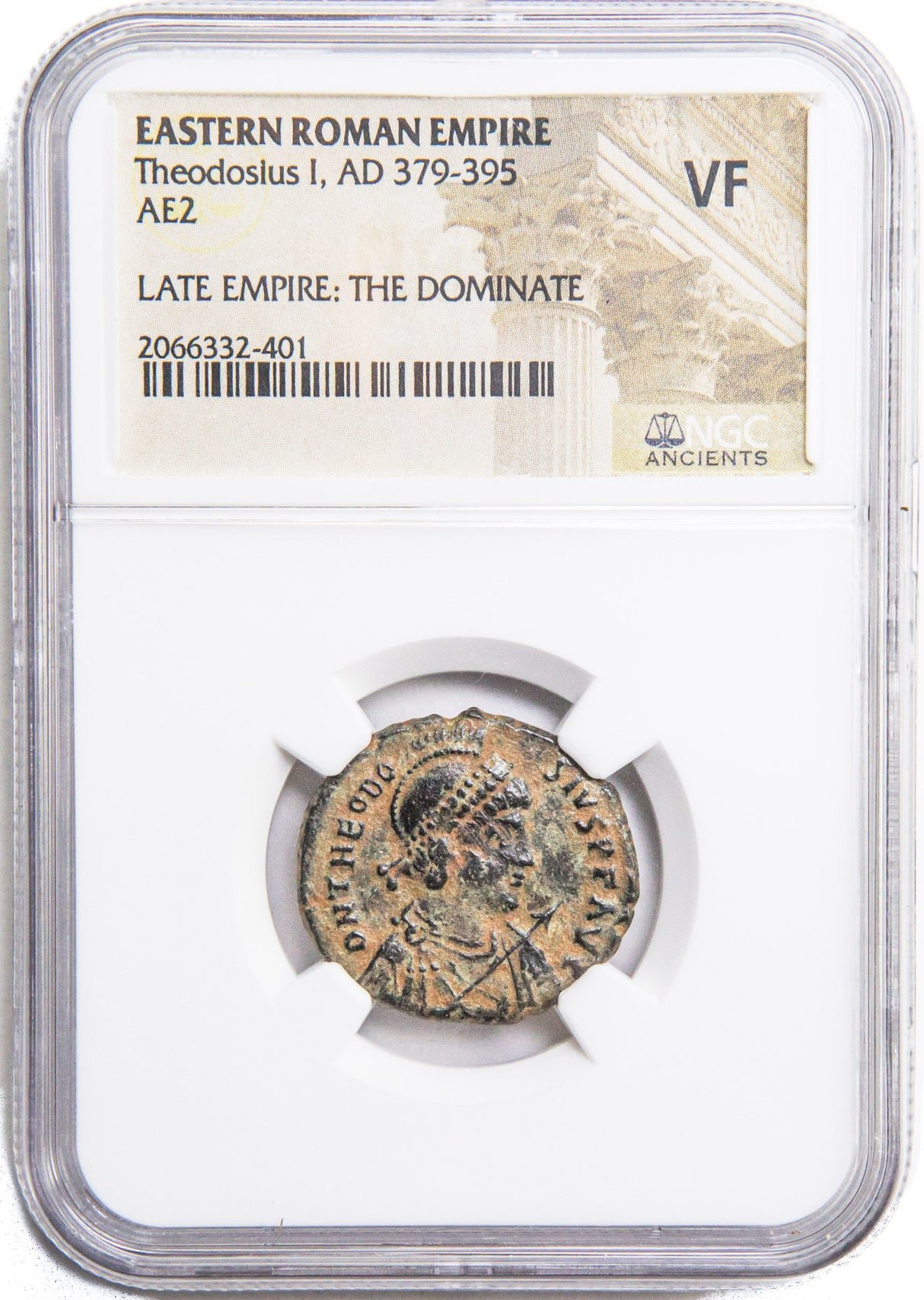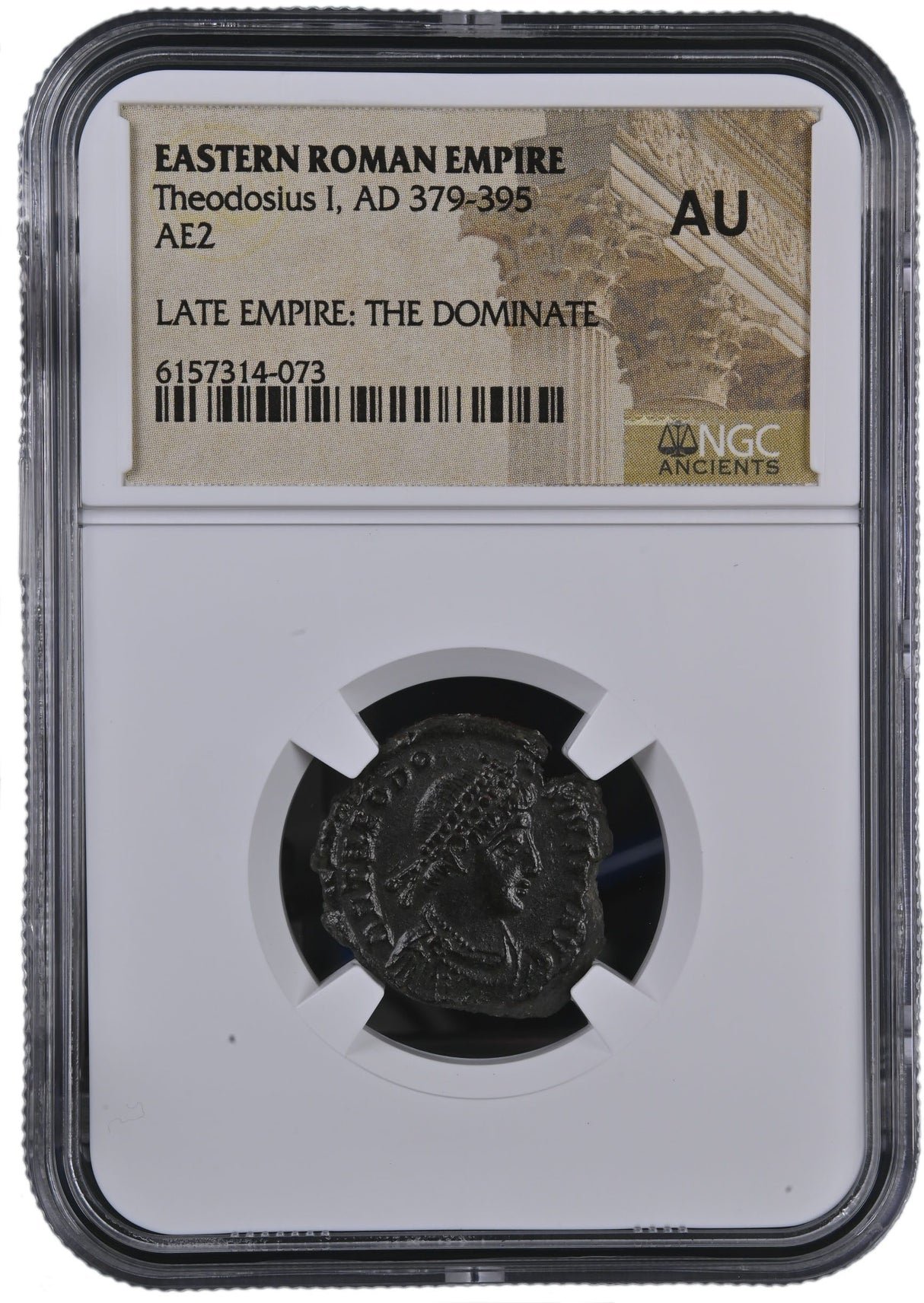 Image 1 of 11
Image 1 of 11

 Image 2 of 11
Image 2 of 11

 Image 3 of 11
Image 3 of 11

 Image 4 of 11
Image 4 of 11

 Image 5 of 11
Image 5 of 11

 Image 6 of 11
Image 6 of 11

 Image 7 of 11
Image 7 of 11

 Image 8 of 11
Image 8 of 11

 Image 9 of 11
Image 9 of 11

 Image 10 of 11
Image 10 of 11

 Image 11 of 11
Image 11 of 11












Roman Silver Coin of Septimius Severus (about 1815-1830 years ago)
This silver Denarius coin was issued under Emperor Septimius Severus, founder of the Severan dynasty and military leader who emerged victorious from Rome's devastating civil war. Minted in the late 2nd to early 3rd century CE, this coin represents the beginning of a new imperial era following a period of exceptional political instability.
Coin Description:
Front side: Portrait of Emperor Septimius Severus with laurel wreath, shown with his characteristic beard and stern expression, surrounded by Latin text identifying him with his imperial titles
Back side: Could display various Roman deities (possibly Victory, Jupiter, or Mars), personifications of virtues, or references to military achievements that legitimized his rule after the civil war
Technical Details:
Silver alloy composition
Denarius denomination (standard silver coin of the Roman economy)
RIC (Roman Imperial Coinage) reference number not visible in description
NGC (Numismatic Guaranty Corporation) certified
Minted approximately 193-211 CE
Fine to Very Fine condition (moderate wear with good detail remaining)
Historical Significance:
This coin was minted after Septimius Severus, a North African-born general, emerged victorious in the chaotic "Year of the Five Emperors" (193 CE). After the murder of Emperor Commodus, the Roman Empire descended into civil war, with multiple claimants vying for power. Severus defeated his rivals and established a new dynasty that would rule Rome for four decades. His military background influenced his reign, as he increased soldiers' pay and strengthened the army's political role. These coins circulated throughout an empire that was becoming increasingly militarized, with provincial-born emperors like Severus shifting power away from traditional Roman aristocracy. The silver denarius, though beginning to show signs of debasement during this period, remained the standard silver coin of daily commerce throughout the empire.
This silver Denarius coin was issued under Emperor Septimius Severus, founder of the Severan dynasty and military leader who emerged victorious from Rome's devastating civil war. Minted in the late 2nd to early 3rd century CE, this coin represents the beginning of a new imperial era following a period of exceptional political instability.
Coin Description:
Front side: Portrait of Emperor Septimius Severus with laurel wreath, shown with his characteristic beard and stern expression, surrounded by Latin text identifying him with his imperial titles
Back side: Could display various Roman deities (possibly Victory, Jupiter, or Mars), personifications of virtues, or references to military achievements that legitimized his rule after the civil war
Technical Details:
Silver alloy composition
Denarius denomination (standard silver coin of the Roman economy)
RIC (Roman Imperial Coinage) reference number not visible in description
NGC (Numismatic Guaranty Corporation) certified
Minted approximately 193-211 CE
Fine to Very Fine condition (moderate wear with good detail remaining)
Historical Significance:
This coin was minted after Septimius Severus, a North African-born general, emerged victorious in the chaotic "Year of the Five Emperors" (193 CE). After the murder of Emperor Commodus, the Roman Empire descended into civil war, with multiple claimants vying for power. Severus defeated his rivals and established a new dynasty that would rule Rome for four decades. His military background influenced his reign, as he increased soldiers' pay and strengthened the army's political role. These coins circulated throughout an empire that was becoming increasingly militarized, with provincial-born emperors like Severus shifting power away from traditional Roman aristocracy. The silver denarius, though beginning to show signs of debasement during this period, remained the standard silver coin of daily commerce throughout the empire.
This silver Denarius coin was issued under Emperor Septimius Severus, founder of the Severan dynasty and military leader who emerged victorious from Rome's devastating civil war. Minted in the late 2nd to early 3rd century CE, this coin represents the beginning of a new imperial era following a period of exceptional political instability.
Coin Description:
Front side: Portrait of Emperor Septimius Severus with laurel wreath, shown with his characteristic beard and stern expression, surrounded by Latin text identifying him with his imperial titles
Back side: Could display various Roman deities (possibly Victory, Jupiter, or Mars), personifications of virtues, or references to military achievements that legitimized his rule after the civil war
Technical Details:
Silver alloy composition
Denarius denomination (standard silver coin of the Roman economy)
RIC (Roman Imperial Coinage) reference number not visible in description
NGC (Numismatic Guaranty Corporation) certified
Minted approximately 193-211 CE
Fine to Very Fine condition (moderate wear with good detail remaining)
Historical Significance:
This coin was minted after Septimius Severus, a North African-born general, emerged victorious in the chaotic "Year of the Five Emperors" (193 CE). After the murder of Emperor Commodus, the Roman Empire descended into civil war, with multiple claimants vying for power. Severus defeated his rivals and established a new dynasty that would rule Rome for four decades. His military background influenced his reign, as he increased soldiers' pay and strengthened the army's political role. These coins circulated throughout an empire that was becoming increasingly militarized, with provincial-born emperors like Severus shifting power away from traditional Roman aristocracy. The silver denarius, though beginning to show signs of debasement during this period, remained the standard silver coin of daily commerce throughout the empire.
Lucius Septimius Severus (Latin: [ˈɫuːkiʊs sɛpˈtɪmiʊs sɛˈweːrʊs]; 11 April 145 – 4 February 211) was Roman emperor from 193 to 211. He was born in Leptis Magna (present-day Al-Khums, Libya) in the Roman province of Africa.[5][6] As a young man he advanced through the customary succession of offices under the reigns of Marcus Aurelius and Commodus. Severus was the final contender to seize power after the death of the emperor Pertinax in 193 during the Year of the Five Emperors.
After deposing and killing the incumbent emperor Didius Julianus, Severus fought his rival claimants, the Roman generals Pescennius Niger and Clodius Albinus. Niger was defeated in 194 at the Battle of Issus in Cilicia. Later that year Severus waged a short punitive campaign beyond the eastern frontier, annexing the Kingdom of Osroene as a new province. Severus defeated Albinus three years later at the Battle of Lugdunum in Gaul. Following the consolidation of his rule over the western provinces, Severus waged another brief, more successful war in the east against the Parthian Empire, sacking their capital Ctesiphon in 197 and expanding the eastern frontier to the Tigris. He then enlarged and fortified the Limes Arabicus in Arabia Petraea. In 202, he campaigned in Africa and Mauretania against the Garamantes, capturing their capital Garama, and expanding the Limes Tripolitanus along the southern desert frontier of the empire.








